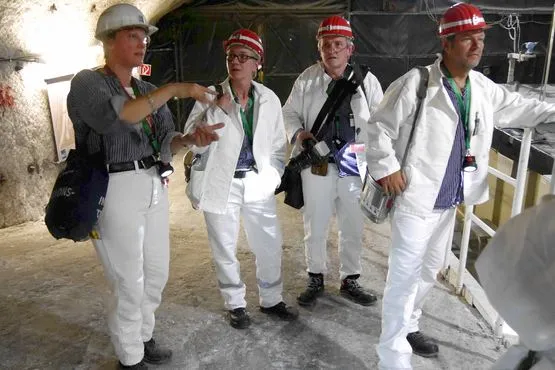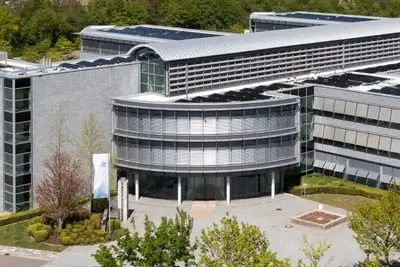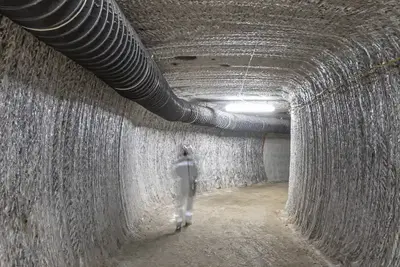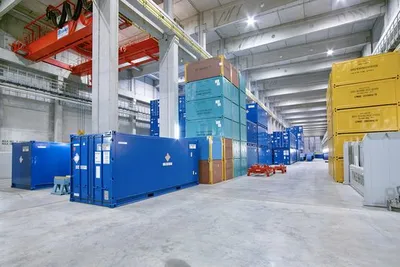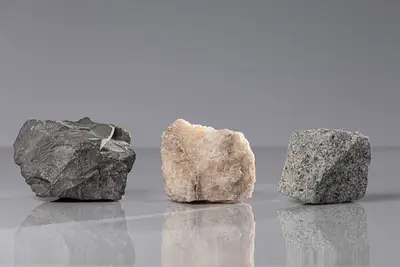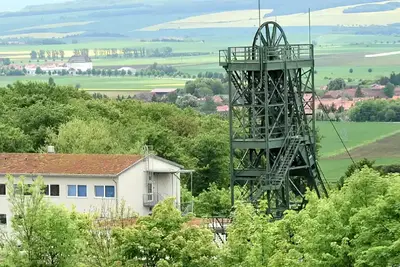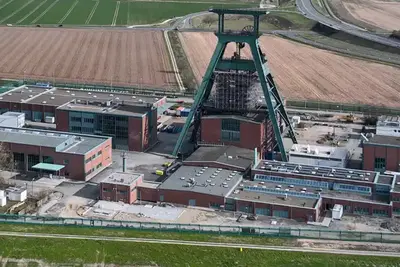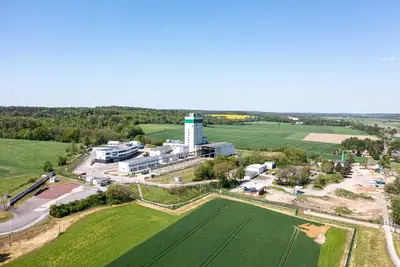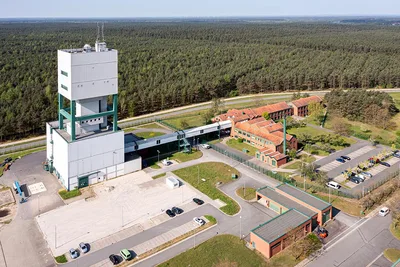The visitors group including the Minister for the Environment of Schleswig-Holstein, Robert Habeck, and his fellow party members is standing at the 750 metres level of the Asse II mine, less than 100 metres away from the radioactive waste that was emplaced here until 1978. Annette Parlitz, public relations employee at the Asse-GmbH, turns her lamp upwards. Very clearly, the light shows deep cracks in the ceiling. At the 490 metres level, Ms. Parlitz had already shown the group bulges in the ground that are due to the pressure of the mountain that the mine is constantly exposed to. Every year the mine loses around 10,000 cubic metres of hollow space in total because of this deformation (convergence), says Ms. Parlitz. “We can really see that very vividly here”, confirms Mr. Habeck. “That is much more impressive than simply reading this type of information.” He is particularly fascinated by the devices for micro-acoustic measurements that register the crackling in the salt everywhere in the mine. This way, scientists know where stabilisation work might become necessary in the near future.
A lot has changed compared with 2009, when the author of this post last visited the mine together with Sigmar Gabriel (SPD), the former Minister for the Environment. Everything seems to be tidier, more clearly structured and kept in a better condition. Robert Habeck shakes his head when he stands in front of the collecting basin at the 658 metres level below ground. The basin collects roughly 11,500 of the 12,500 litres of influent waters that infiltrate the mine every day. Anette Parlitz just tells us that another 1,000 litres of the brine are collected at levels further below. Another 20 litres are “in some ways” in contact with the radioactive waste every day. This contaminated brine is processed into contaminated concrete that remains in the mine, according to a special permission. The permission was given since the radionuclides contained in the concrete do not have long half-lives – which means that they are not particularly dangerous for the staff or the environment.
In his introductory speech, Asse info centre manager Manuel Wilmanns had explained the results obtained from the comparison of different options (the final decision was taken in 2013 by adopting the “Lex Asse”): It is mainly due to the influent waters and their undetermined paths that scientists were unable to furnish sufficient proof for a safe close-down of the installation containing the radioactive waste. Experts do not know where the brine infiltrates the mine and they do not know what paths the waters follow below ground, either. It was observed, however, that heavy rainfall such as in the past few months does not affect the solution infiltrating the mine.
Mr. Habeck was also told that the work associated with keeping the mine open and retrieving the waste produces costs of roughly 120 million euros per year. He asks if there is not a slight chance that the power companies could be charged with these costs, considering the fact that almost 70 percent of the waste is produced by nuclear power plants, as Manuel Wilmanns had said in his introductory speech. However, it is still the German state that must be blamed for the mistakes made with respect to the Asse mine. This fact cannot be argued away. This is one of these moments when Mr. Habeck becomes aware of the fact “what a tremendous task we face with respect to the disposal of this high-level radioactive waste.”
At the end of his visit, he is impressed by the professional attitude of the Asse-GmbH staff and the atmosphere of open communication at the Asse info centre. This fact is also appreciated by the local party members. One of the visitors remembers quite clearly that more than ten years ago, the staff would not show him where the brine was collected in the mine. “That was kept secret.” Obviously, these times are over.
